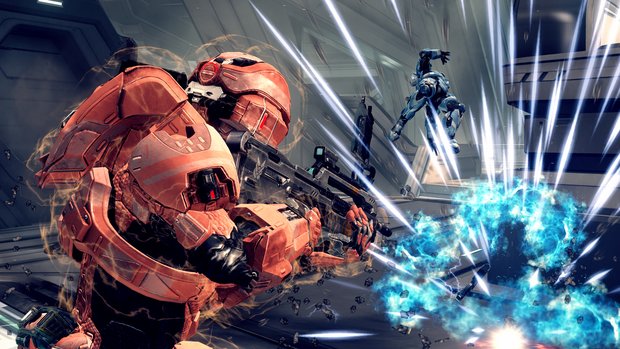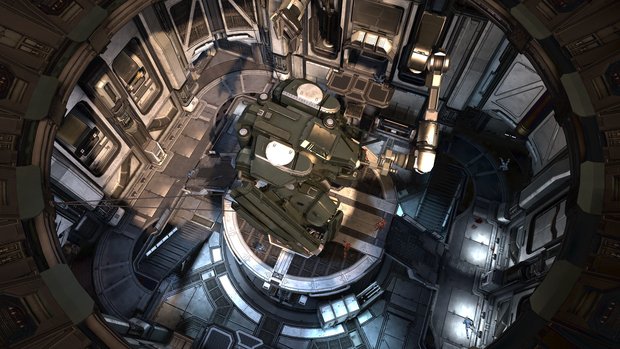Halo 4 multiplayer preview - Hands-on with the shooter's next evolution
Cleaner, quicker, and more Halo-er than ever before
Besides getting a chance to see the genre-defining Spartan Ops at E3 2012, we also spent some time exploring Halo 4's competitive side, playing a few matches of Team Slayer on the newest entry in the series that changed the way gamers viewed console FPS. After bashing in some heads, shooting some dudes, and teabagging some enemies, we're confident that... yup, it's more Halo.
Prettier more Halo. More weapons more Halo. New items more Halo, but... more Halo. Your enjoyment of Halo 4 's multiplayer is going to be directly coordinated to how much you think you'd enjoy more Halo - if you're interested in a slightly expanded, slightly modified version of one of the most popular FPS of all time, then Halo 4 is going to be exactly what you’re looking for.
In only a few minutes, we were right back in the Halo groove; after throwing a few grenades at our own feet in desperate attempts to activate iron sights, we were ready to go. Before long, we were doing exactly what we always do in Halo: throwing grenades at enemies as soon as we see them, running at opponents and trying to bash them with our weapons in a game of joust, and praying that we find a rocket launcher to score some lucky kills.

The controls felt mostly the same, save for the ability to use different active skills, like alternate vision modes and shields (actual shields, not passive energy ones). But even that felt like an enhanced version of the same feature from Halo: Reach. Sprinting (which is mapped to clicking the left stick, and something everyone can now do), obviously makes things move a little faster, but there were no other major updates to the actual act of running around and shooting the other guys. There's no cover and there are no iron sights, which keeps the game's arcadey style intact. 343 Industries isn't taking any gigantic risks with Halo 4's multiplayer - it's just cleaning up some of the rough patches.
That's not to say that this post-Bungie Halo doesn't change things at all. On the contrary, some elements have been updated to stay competitive with contemporary shooters. Loadouts of different weapons, grenades, and abilities make the experience more personalized, and less focused on memorizing weapon locations on the map. It creates a more skill-based experience, and one that'll click with Call of Duty and Battlefield players without betraying what makes Halo so popular.

There are other changes, too, including the addition of different weapons, some of which still spawn dynamically into the world. The Scattershot, for instance, was an awesome Forerunner shotgun that tore through enemies, and there was also a gun that essentially shot remote mines, making quick work of our foes. They both folded easily into the typical Halo experience in a way that felt totally natural.
Other elements we heard about (but didn't see) included some loose story elements surrounding the game's multiplayer, and a shared experience system that keeps your character persistently leveling through both multiplayer and Spartan Ops. But we've got a feeling that, even with those additions, it's still going to be more Halo.
Weekly digests, tales from the communities you love, and more
And you know what? We're absolutely fine with that. Please, the more Halo the better - sign us up.
Hollander Cooper was the Lead Features Editor of GamesRadar+ between 2011 and 2014. After that lengthy stint managing GR's editorial calendar he moved behind the curtain and into the video game industry itself, working as social media manager for EA and as a communications lead at Riot Games. Hollander is currently stationed at Apple as an organic social lead for the App Store and Apple Arcade.



